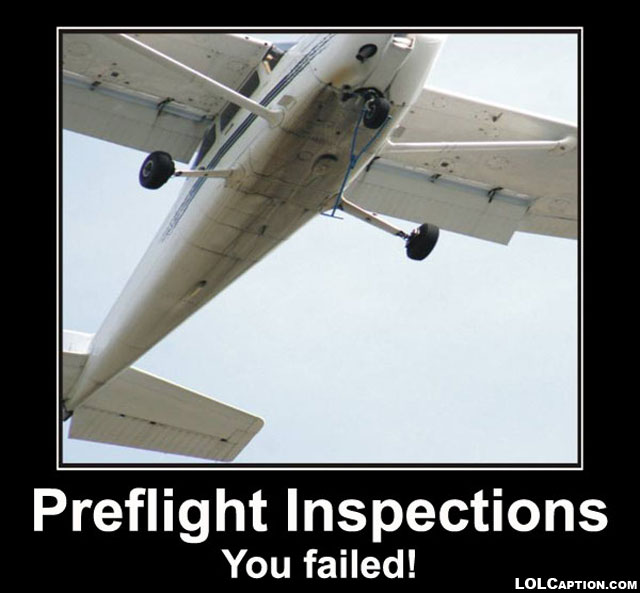
The contaminate was present in several airframe and engine fuel filters and on the engine fuel nozzle.

A postaccident examination of the helicopter's fuel system revealed a brown contaminate, of a density greater than jet fuel. The helicopter was substantially damaged during the impact sequence. The pilot stated that the helicopter dropped straight down, and that the rotor stopped turning during the descent. 》 Author's note: My work is possible Thanks to everyone who reads . Write your thoughts in the comment section below.During an aerial application flight, the helicopter's engine lost power while flying about 50 feet above the ground. Raptor test firing into a water cooled steel plate 🔥 /oXUp5PGqbf
#Truck preflight inspection update
Watch LabPadre’s latest Starbase weekly update YouTube video to watch some of the ongoing progress, linked below. Whatever happens, engineers are rapidly building the next prototypes that will all undergo similar testing.

Simultaneously, engineers are preparing the next prototypes of the rocket-ship combo, referred to as ‘Starship SN25’ and Super Heavy ‘Booster 9.’ If pre-flight testing goes well, we will see these vehicles liftoff during the second orbital flight attempt this year. Musk said that they will put “a lot of steel” under the launch tower mount before the next Starship flight attempt. The company shared a video clip of the operation, linked below. Last week, SpaceX tested a piece of the ‘water-cooled steel plate’ designed to fortify the Starship launch pad. Major launchpad upgrades should be complete in about a month, then another month of rocket testing on pad, then flight 2 of Starship “Major launchpad upgrades should be complete in about a month, then another month of rocket testing on pad, then flight 2 of Starship,” shared Musk via Twitter. This week, he shared an approximate deadline of when they aim to complete its construction. SpaceX founder Chief Engineer Elon Musk shared that SpaceX is currently building “a massive water-cooled, steel plate to go under the launch mount” to try to mitigate such damage.

The sheer force of 30 Raptors upon liftoff caused a massive crater underneath the launch mount, chunks of shattered concrete and sand soared through the air. To prioritize safety, SpaceX activated the Flight Termination System (FTS) approximately four minutes into the flight, resulting in the midair explosion of the vehicle. However, during the flight, an unexpected issue with the engines caused the rocket to veer off course and tumble. Its primary objective was to propel the Starship into orbit and attain the necessary velocity to fly around Earth, to then conclude the mission with an ocean landing off the coast of Hawaii. The incredible flight lifted off Boca Chica Beach, Texas, on April 20 Super Heavy rocket ignited 30 out of 33 Raptor V2 engines and ascended into the clear sky, reaching an altitude of nearly 40 kilometers. On May 26, SpaceX shared an inspiring 2-minute video of its first-ever fully-integrated Starship test flight featuring spectacular views of Earth from Starship's onboard cameras, scenes from Mission Control, and spectators' excitement upon seeing the massive stainless-steel vehicle liftoff from the Starbase launch site last month, see video clip below.


 0 kommentar(er)
0 kommentar(er)
